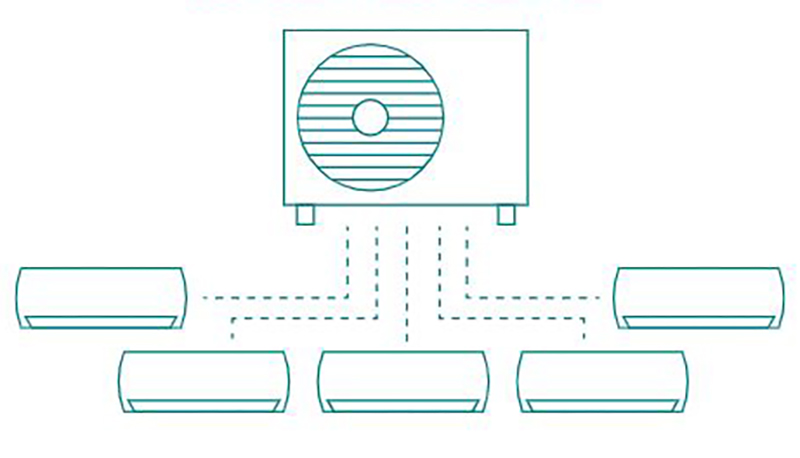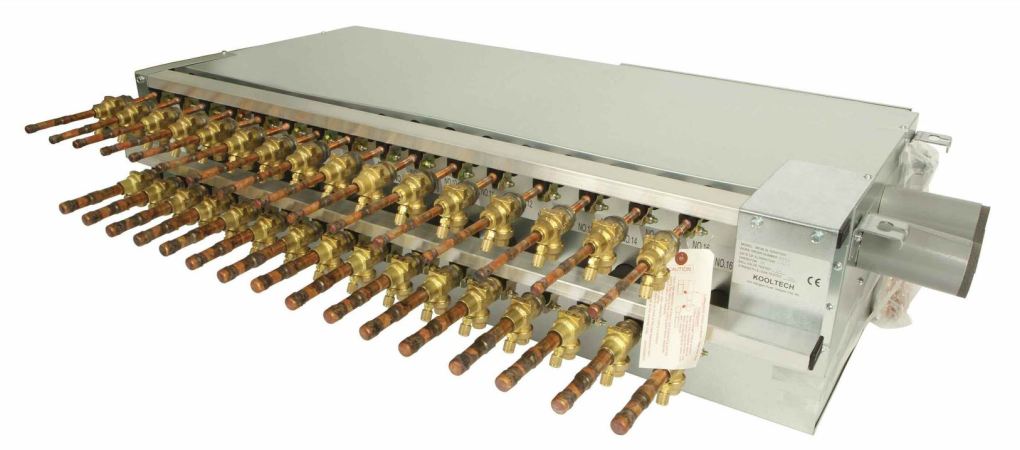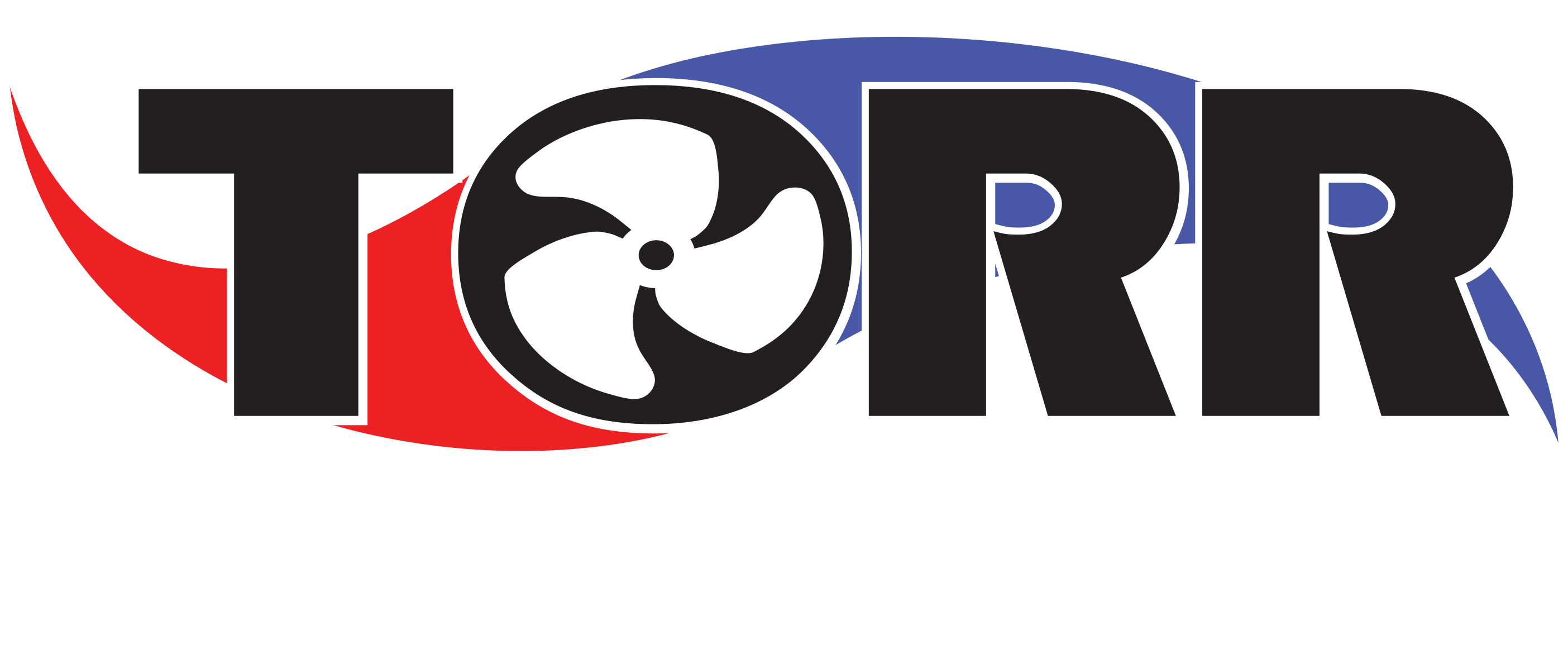SPLIT TYPE AIR CONDITIONING
The word ‘Split’ just describes the the indoor unit in relation to the outdoor unit.
The Split System
A Split, or Single Split System as it’s sometimes called, just means that there is one indoor unit connected to one outdoor unit by copper pipe work and electrical cabling etc. The two units themselves are physically ‘Split’ apart from each other.

The opposite to a Split is a self contained system or portable type air conditioning unit where all the workings, mainly the condenser and evaporator, are contained within the same unit.
Splits are probably the most common types of system and are the perfect solution for a single room or area that needs air conditioning.
The Twin Split System
A Twin Split System, as you’ve probably guessed, is TWO indoor units running off one outdoor unit.
The outdoor unit has one refrigerant circuit and one set of pipe work that goes off towards the indoor units then ‘T’ees off to each unit. The units are ‘twinned’ together on the same refrigeration pipe work.

The benefits of a Twin Split System are that you can cover a larger indoor area but still only have one outdoor unit, and for the main run, only one set of pipe work. Twin Splits are usually found in big rooms, like an open plan office, where both indoor units are doing the same thing in the same room. They have one shared remote control which controls both units simultaneously. They work together as a single system.
The main drawback of a Twin Split System is that you can’t control each indoor unit individually. They’re both either on or off and they are both set to the same temperature and both run in the same mode (heating or cooling). This is fine and just what you want in one big room, but not ideal if you want them in two different rooms.
The Multi Split System
A Multi Split System is slightly different to a twin split in that the outdoor condensing unit has multiple sets of refrigerant circuits and multiple sets of pipe work that go off towards each individual indoor unit.

The benefits of a Multi Split System are that you can have several indoor units running off one outdoor unit AND, unlike a twin split, each indoor unit has it’s own remote control and is independently controllable from all the other units (to a degree – keep reading).
A Multi Split can run up to five indoor units, though three is most common.
The main drawback of the Multi Split is that each indoor unit needs a full set of pipe work and cabling from the outdoor unit to each indoor unit. If you’re running 5 indoor units that’s 10 individual copper pipes running around your building.
The only other minor drawback with this type of system is that all the indoor units must be in the same mode, either heating OR cooling. Each individual indoor unit can be turned on and off, have its own fan speed and temperature setting, all independent of what any of the other units are set at, but you can’t have one set to cooling and another set to heating. Not a situation that arises often, but one to be aware of.
A System for each Scenario.
So as you can see, all the different types of air conditioning splits, with their associated pro’s & con’s, have their own specialist features which are best suited to differing scenarios.
These different benefits often work well when paired together throughout a building.
For instance, an office with an open plan area, several smaller offices and a computer server room (a very common setup in reality) could have a single split in its server room keeping the electronics cool, a twin split in the open plan office with two indoor units working in unison to cover the larger area, and a multi split system for each of the smaller individual offices. The perfect combination of all 3 system types.
The VRF System – Also known as a VRV.
Once your air conditioning requirements go from a few units to many units, big offices, entire floors, multi storey buildings etc, we move in to the realms of VRF (Variable Refrigerant Flow) or VRV (Variable Refrigerant Volume) systems – essentially the same thing just different trade names – which work like a combination of a Twin Split and a Mutli Split.
Like a Twin Split, they have just one main set of pipe work going from the big outdoor unit to inside the building. Once inside the building, these pipes go to a BC (branch controller) box from where a set of pipes goes to each individual indoor unit – like the Multi Split system.

VRF systems come in two main types – 2 pipe & 3 pipe.
In a 2 pipe system, like a Multi Split, each individual indoor unit has its own remote to control on, off, temperature etc, but all units will be in the same mode – either heating or cooling.
In a 3 pipe system, like a Single Split, each individual indoor unit is fully independent of any other and one can be in cooling mode while another is in heating mode.




